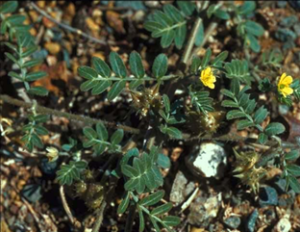
Figure 1. Caltrop (courtesy of HerbiGuide)
Description: Caltrop (Tribulus terrestris L.) is a low-lying, hairy herb or vine with yellow, five-petalled flowers that form sharp spiny burrs. It has a long, slender, branched, woody taproot and many fibrous laterals that extend up to 2,600 mm deep. Caltrop is a weed of Australia, Europe, Africa and Asia. It was reported as a weed in NSW in the 1890s.
Life cycle: Caltrop is an annual or short-lived perennial. Seed germination occurs from spring to autumn after rain events and it grows rapidly, producing deep roots. It grows mainly in the warmer months, preferring high light levels. It grows profusely after summer rains and flowers mainly in summer and autumn. It usually dies in autumn or winter after the first frosts.
As a soil indicator: Caltrop occurs on a wide range of soils but is more abundant on sandy soils. It is drought tolerant but is intolerant to waterlogging. It is an indicator of low calcium, very low potassium and organic matter, high phosphorus, magnesium, iron, and aluminium.
Negative attributes: Caltrop can injure animal feet and contaminate wool.
Dispersal: Caltrop reproduces and spreads by seed, producing up to 1,000 burrs per plant. Only one seed in each burr germinates and seeds may remain viable in the soil for many years. Caltrop re-shoots from the taproot if damaged.
Legislation: Caltrop has been declared a noxious weed in NT, SA, Tas., Vic. and WA. Each state has its own rules in place to manage the spread of this weed.
Non-chemical control methods: Remove isolated plants and surrounding soil and burn. Plant a vigorous grass on the area to suppress regrowth.
Growers’ experiences: Henschke mostly finds caltrop isolated to bare patches of soil on headlands, where it is spread by the movement of tractors and vehicles (it comes in on the tyres of straw or compost delivery trucks). The only method Henschke has found effective to eradicate caltrop is to dig it out by hand soon after it germinates, removing the whole plant and any burrs found on the soil surface. Rubber mats are used to pick up and remove the seeds from the vineyard. Henschke does not have an issue with caltrop where native grasses are found, as it hates competition. Establishing strong crops of summer-dormant Kasbah (Dactylis glomerata) may also be effective against caltrop, but good cover is needed.
Resources
HerbiGuide (HerbiGuide website)
Henschke Wines: A non-chemical weed control case study from the Adelaide Hills, SA
Integrated weed management in Australian cropping systems (Grains Research and Development Corporation publication)
Contact
For further information, please contact:
AWRI helpdesk
Phone 08 8313 6600 Email helpdesk@awri.com.au

